The clinical use of stress echocardiography in ischemic heart disease
- PMID: 28327159
- PMCID: PMC5361820
- DOI: 10.1186/s12947-017-0099-2
The clinical use of stress echocardiography in ischemic heart disease
Abstract
Stress echocardiography is an established technique for the assessment of extent and severity of coronary artery disease. The combination of echocardiography with a physical, pharmacological or electrical stress allows to detect myocardial ischemia with an excellent accuracy. A transient worsening of regional function during stress is the hallmark of inducible ischemia. Stress echocardiography provides similar diagnostic and prognostic accuracy as radionuclide stress perfusion imaging or magnetic resonance, but at a substantially lower cost, without environmental impact, and with no biohazards for the patient and the physician.The evidence on its clinical impact has been collected over 35 years, based on solid experimental, pathophysiological, technological and clinical foundations. There is the need to implement the combination of wall motion and coronary flow reserve, assessed in the left anterior descending artery, into a single test. The improvement of technology and in imaging quality will make this approach more and more feasible. The future issues in stress echo will be the possibility of obtaining quantitative information translating the current qualitative assessment of regional wall motion into a number. The next challenge for stress echocardiography is to overcome its main weaknesses: dependance on operator expertise, the lack of outcome data (a widesperad problem in clinical imaging) to document the improvement of patient outcomes. This paper summarizes the main indications for the clinical applications of stress echocardiography to ischemic heart disease.
Figures
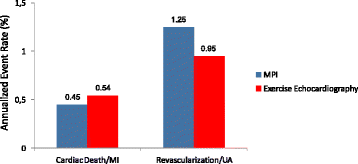
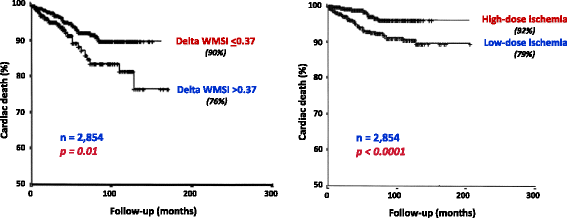
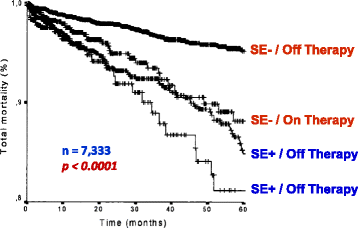
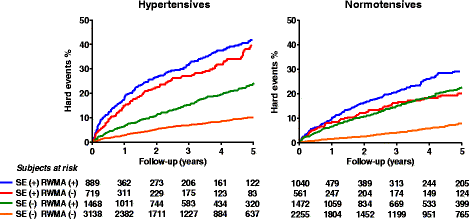
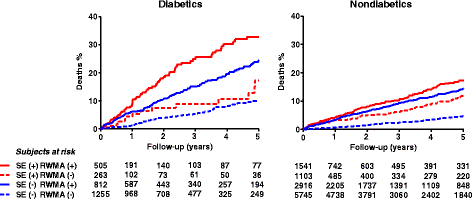

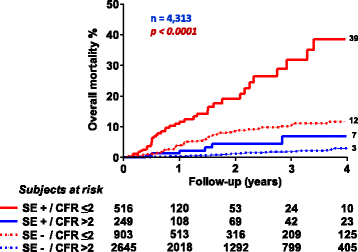
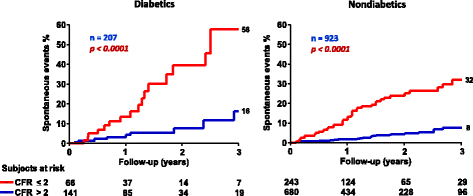
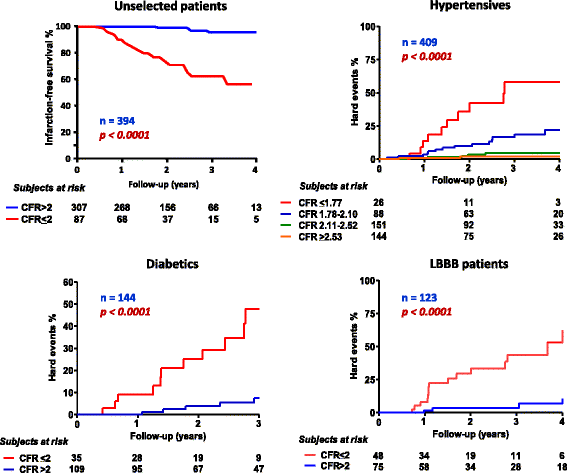
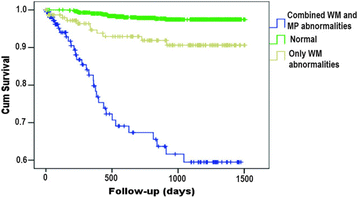
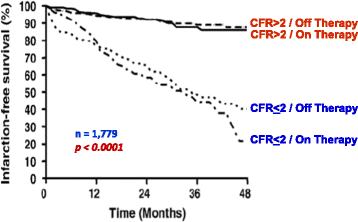
References
-
- Picano E. Stress echocardiography. 6. Heidelberg: Springer Verlag; 2015.
-
- Gallagher KP, Matsuzaki M, Koziol JA, Kemper WS, Ross J., Jr Regional myocardial perfusion and wall thickening during ischaemia in conscious dogs. Am J Physiol. 1984;247:H727–738. - PubMed
Publication types
MeSH terms
LinkOut - more resources
Full Text Sources
Other Literature Sources

